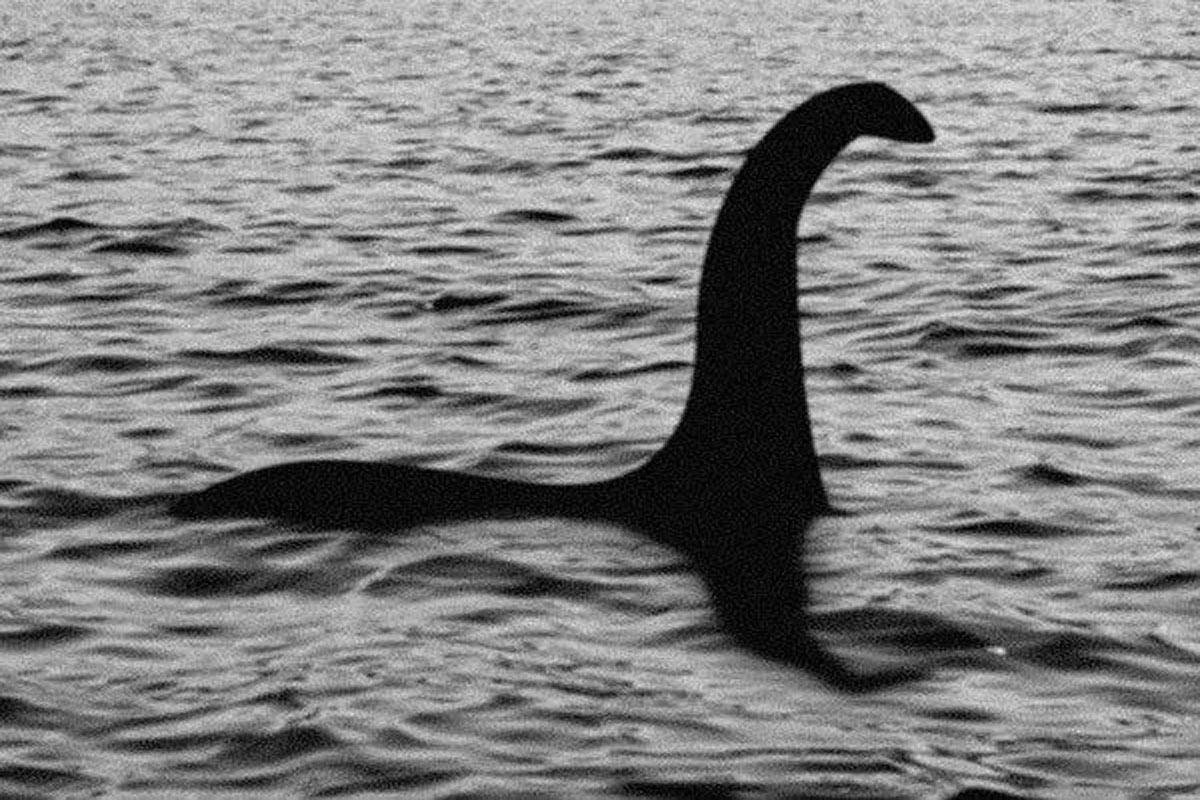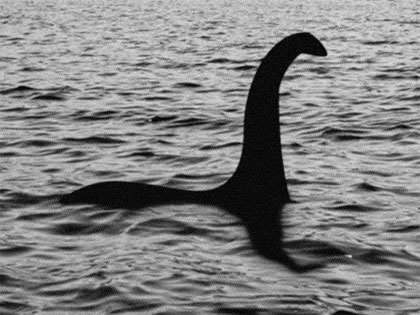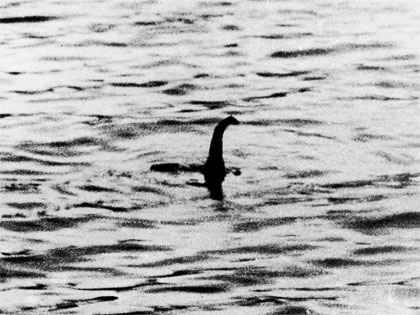
Existence of a Loch Ness Monster ‘Plausible’ After Plesiosaur Fossils Identified in the Sahara Desert
Jason Duaine Hahn
 The idea that a so-called Loch Ness Monster could have lived in the Scottish Highlands may not be so far-fetched after all, scientists said.
The idea that a so-called Loch Ness Monster could have lived in the Scottish Highlands may not be so far-fetched after all, scientists said.
According to BBC, researchers from the University of Bath suggested in the journal Cretaceous Research that it was “plausible” a plesiosaur — a prehistoric reptile with a long and slender neck — could have once lived in the Scottish lake known as Loch Ness.
The announcement comes after researchers identified plesiosaur fossils in a 100 million-year-old river system in Morocco’s Sahara Desert, indicating that the reptiles may have lived in freshwater and not only seawater, as previously thought.
As noted by the Independent, skeptics of a Loch Ness Monster have often pointed out that a plesiosaur — which bears a resemblance to the popular depiction of the supposed creature — could not have lived in the lake since it was believed they only lived in areas with seawater.
“It’s a bit controversial, but who’s to say that because we paleontologists have always called them ‘marine reptiles’, they had to live in the sea?” said Dr. Nick Longrich of the university’s Milner Centre for Evolution, per BBC. “Lots of marine lineages invaded freshwater.”
 In the report’s abstract, researchers said their findings suggested that “plesiosaurs and other marine reptiles frequently exploited non-marine environments.”
In the report’s abstract, researchers said their findings suggested that “plesiosaurs and other marine reptiles frequently exploited non-marine environments.”
“Isolated bones actually tell us a lot about ancient ecosystems and animals in them,” Longrich explained, according to BBC. “They’re so much more common than skeletons, they give you more information to work with.”
RELATED: This Man Is Launching a $3 Million Startup to Catch Bigfoot
He continued: “The bones and teeth were found scattered and in different localities, not as a skeleton. So each bone and each tooth is a different animal. We have over a dozen animals in this collection.”



















